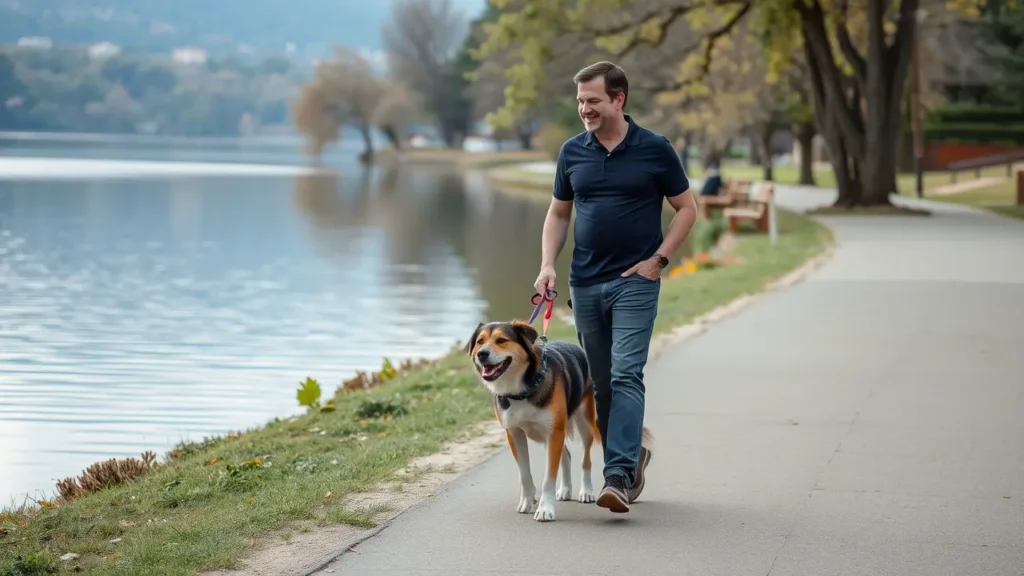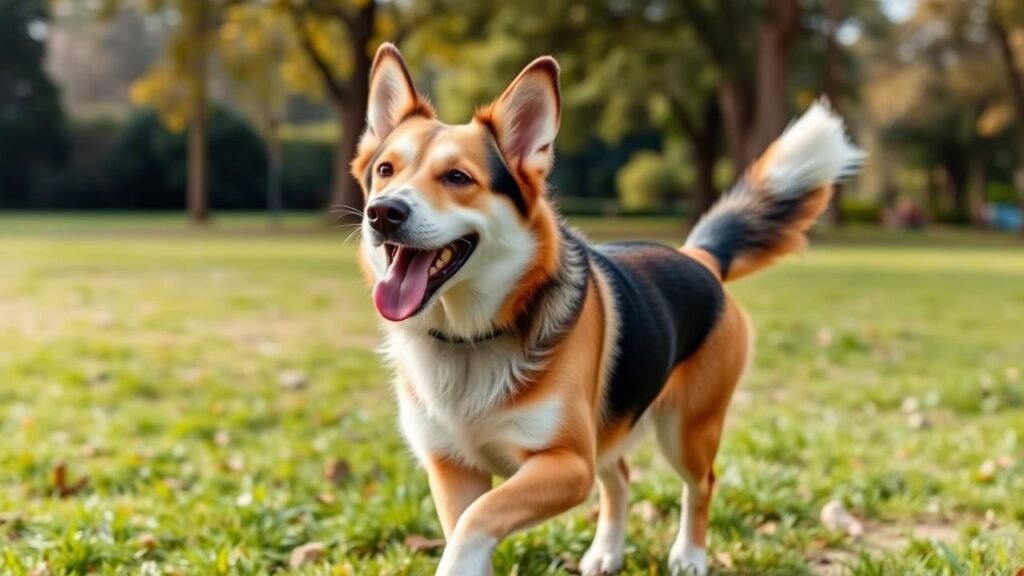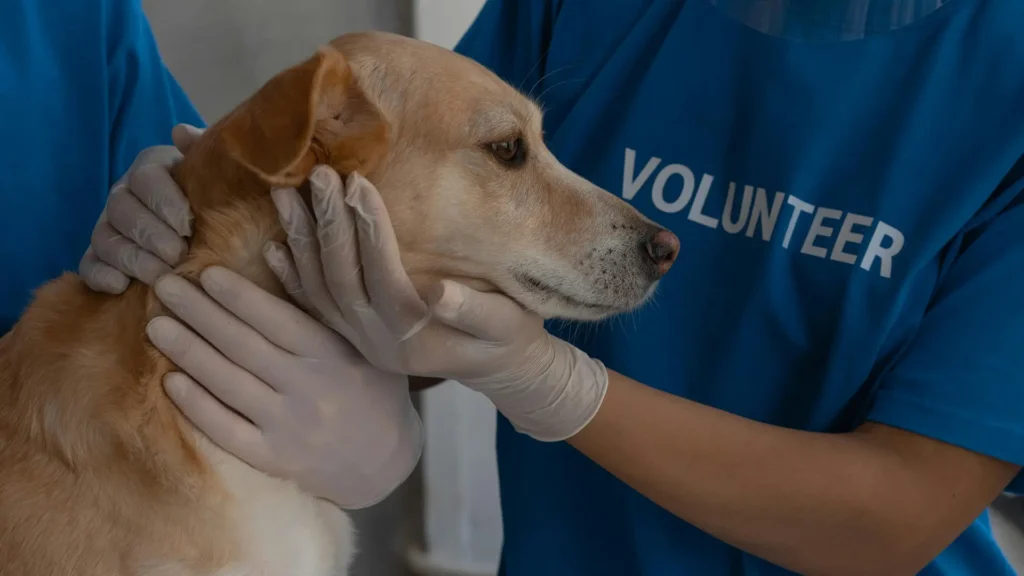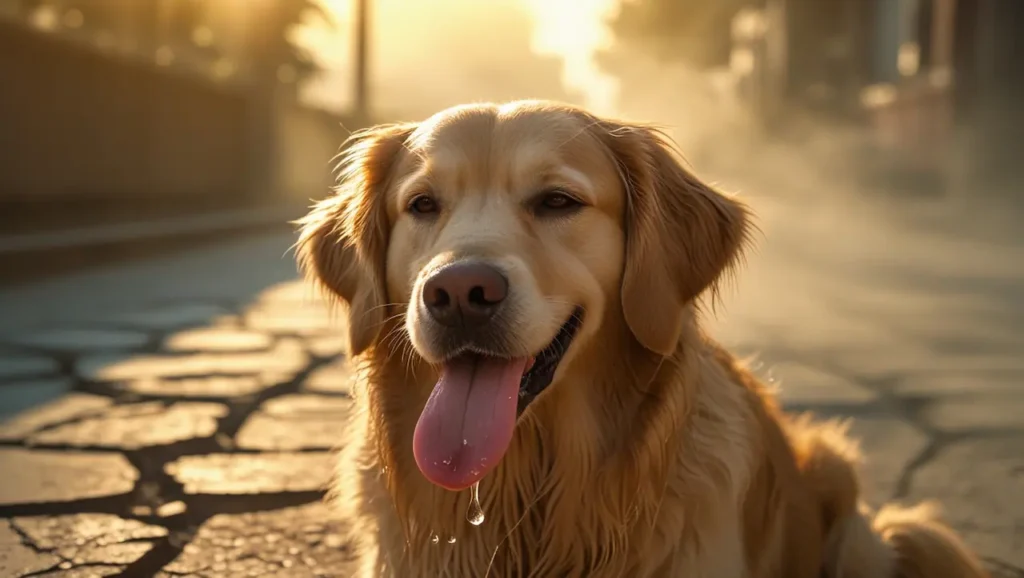Training your dog to come when called. It is often referred to as recall. This is one of the critical skills you can teach. A reliable recall saves your dog from danger.
A strong recall is more than just a convenient trick—it’s a lifeline. It prevents your dog from running into traffic, chasing wildlife, and getting lost. Beyond safety, recall training fosters off-leash freedom. It lets your dog explore the surroundings while giving you peace of mind. It shows that your dog respects your leadership and values your connection.
This guide will walk you through the process with 6 steps, practical tips, and solutions to common challenges. With patience, you’ll have your dog bounding back to you in no time.
Steps for A Successful Recall Training
Before diving in, gather a few essentials to set yourself up for success:
- High-value treats: Think small, smelly, and irresistible—bits of chicken, hot dogs, cheese, or premium dog treats. Variety keeps things exciting.
- A positive attitude: Your enthusiasm is contagious. Dogs respond best to upbeat, encouraging tones.
- A long leash: A 15–50-foot leash is ideal for practicing at a distance while maintaining control.
- A quiet space: Start indoors or in a fenced yard to minimize distractions.
- Optional tools: A clicker (for clicker training), a favorite toy, and a whistle (for advanced recall).
- Time and patience: Short, frequent sessions (5–10 minutes) work better than long, exhausting ones.
Step 1: Lay the Foundation in a Low-Distraction Environment
The key to a solid recall is starting small and building a strong association between your cue and a positive outcome. Begin in a familiar setting like your living room or a quiet backyard.
Pick a consistent word like “come,” “here,” or “back.” Avoid vague cues like their name alone, which they hear in too many contexts. If you plan to use a whistle later, you can introduce it after the verbal cue is solid.
Stand a few feet away. Say your dog’s name followed by the cue (“Luna, come!”) in an excited tone. As soon as they take a step forward, praise them (“Yes, good girl!”). When they reach you, reward with a treat and enthusiastic petting.
Keep the distance short—3 to 5 feet. Make success guaranteed. If they hesitate, clap your hands to lure them. Never force them. Let them choose to come.
Practice 5–10 recalls per session, two to three times a day. End on a high note with extra praise to keep their enthusiasm high.
Step 2: Build Distance and Reliability
Once your dog comes reliably from a few feet away, it’s time to increase the challenge by adding distance and slight variations.
Clip a 15–30-foot leash to their collar and let them wander a bit. Call them with your cue. Gently reel the leash if they don’t respond immediately. Reward generously when they arrive. Think a jackpot of multiple treats.
Practice at different times of day, in different rooms, and in various corners of the yard. Call them when they’re sniffing, lying down, or looking away to mimic real-life distractions.
Step back farther—10 feet, then 15, then 20. Ensure they succeed most of the time. If they struggle, shorten the distance and rebuild confidence.
Run backward as you call them to tap into their chase instinct. This makes coming to you more exciting than standing still.
Use a harness instead of a collar for long-leash work to avoid neck strain.
Step 3: Introduce Controlled Distractions
Real-world recall needs to hold up against temptations like squirrels, dogs, and enticing smells. Transition to environments with mild distractions to proof the behavior.
Move to a slightly busier area. Choose a park or a driveway with occasional passersby. Keep the long leash on for safety.
Scatter a few toys on the ground. Call your dog. Reward heavily for choosing you over the distraction.
Over weeks, practice in more busier settings. Always start with the leash to prevent bolting.
Read the body language of your dog. If their ears perk up or they freeze, they’re too distracted. Step back to an easier environment and try again later.
If your dog loves to play, use a game of tug or a tossed ball as a reward instead of treats occasionally. This keeps the recall versatile.
Step 4: Fade Treats Strategically
While treats are crucial for building the habit, you don’t want a dog who only comes when they see a snack. Transition to a sustainable reward system.
Alternate between treats, verbal praise, belly rubs, a quick fetch session, or access to something they love. This teaches them that coming to you is always worthwhile.
Once the recall is strong, reward randomly. Treats two out of three times, then one out of three, and so on. Always give praise or affection.
Incorporate the recall into daily routines. Call them for dinner, to go outside, or to start a walk. These natural rewards reinforce the habit without extra treats.
Even after phasing out regular treats, surprise them with a jackpot (a handful of treats or a special toy) now and then to keep the recall strong.
Hide treats in your pocket or a pouch so your dog doesn’t rely on seeing them to respond.
Step 5: Proof the Behavior for Real Life

A recall isn’t truly reliable until it works in a variety of situations. This step is about generalizing the skill so your dog responds anywhere, anytime.
Practice in new places—dog parks, beaches, hiking trails, and urban sidewalks. Each environment teaches them that “come” means the same thing everywhere.
Call them during rain, at dusk, or when they’re tired. Test the cue when you’re sitting, standing, and hiding behind a tree to keep them adaptable.
Ask family members or friends to call your dog (using the same cue) to ensure they respond to different voices and styles.
Practice calling them away from exciting triggers, like a rolling ball or a friendly dog, in a controlled setting. Start far enough away that they can succeed.
Keep a mental checklist of “recall-proof” environments. Aim to practice in at least 10 different places to build rock-solid reliability.
Step 6: Maintain the Skill for Life
Recall isn’t a skill you teach once and forget. It requires ongoing practice to stay sharp.
Use the recall casually. Call them to put on their leash, get in the car, and come inside. Each success reinforces the habit.
Set aside time each week for a few formal practice sessions. If you move, get another pet, or notice your dog’s focus slipping, revisit earlier steps to reinforce the behavior. When your dog nails a tough recall (like ignoring a squirrel), mark the moment with extra praise to cement their progress.
Keep a “recall journal” to track challenging situations and successes. It helps you spot patterns and adjust training as needed.
Common Challenges and How to Avoid Them
It’s easy to derail recall training. Watch out for these pitfalls:
Saying “come, come, come” teaches your dog to ignore the first call. Say it once, clearly, and follow through with encouragement. If they run off, chasing turns it into a game. Instead, run away from them, call excitedly, and lie down to pique their curiosity.
Never scold your dog when they come, even if they took forever or got into mischief first. Punishment makes them associate “come” with trouble. Practicing off-leash in an open field before they’re ready risks failure and frustration. Build up slowly.
Don’t call them for things they dislike. Go fetch them instead to preserve the cue’s positivity. If you stop rewarding too soon, the behavior may fade. Always offer some form of praise. Record a training session to spot habits.
Not every dog learns at the same pace. Sometime your dog ignores the cue: Backtrack to a distraction-free environment. Use a higher-value reward, or shorten the distance. Check if they’re stressed. Another problem is that they come slowly. Boost your energy—run backward, wave a toy, or use a squeaky voice. If they’re still sluggish, try training before meals when they’re hungrier.
When you understand that they only come for treats. Hide treats so they can’t see them. Mix in other rewards like play or freedom to explore. Gradually reduce treat frequency. When they bolt in new places, stick to the long leash until they’re consistent. Practice in familiar areas first, then introduce new ones gradually.
If you’re stuck, consult a certified dog trainer or behaviorist. They can spot subtle issues that you might miss.
Tailoring to Your Dog
Every dog is unique. Their breed, age, and personality influence how they learn. Here’s how to adapt:
- Puppies (8 weeks–6 months): They’re eager but distractible. Keep sessions short (3–5 minutes), use tiny treats, and practice in safe spaces. Socialization helps them handle distractions later.
- Adolescent dogs (6 months–2 years): They test boundaries and have endless energy. Burn off some steam with play first. Be extra patient with their impulsiveness.
- Adult dogs (2+ years): They may have bad habits but can learn with consistency. If they’ve never had recall training, start from scratch with high-value rewards.
- Senior dogs: They may be slower and less motivated. Use soft treats, shorter distances, and gentle encouragement. Focus on mental stimulation.
- Breed considerations: Sighthounds (like Greyhounds) chase movement, while scent hounds (like Beagles) follow noses. These make recall tougher. Terriers may be stubborn, and herding breeds (like Border Collies) often excel at focus. Tailor rewards to their instincts.
Research your dog’s breed mix (or do a DNA test) to understand their drives. A prey-driven dog might need a squeaky toy as a reward instead of food.
Advanced Recall Training
Once your dog has a solid recall, you can add flair for fun and specific needs.
Teach a whistle cue for long-distance and emergency recalls. Pair a distinct whistle pattern with treats, starting close and building distance.
Use a special cue (“now!”) only for urgent situations. Train it with ultra-high-value rewards and use it sparingly to keep it sacred. Teach your dog to periodically return to you without being called during off-leash time. Reward unsolicited check-ins to encourage the habit.
Add signals (like pointing) to direct them to you from odd angles, useful for agility or hiking. If you have multiple dogs, train them to come together or individually by using specific cues for each. Film advanced sessions to fine-tune timing and consistency.
There’s no universal timeline to be adapt at recall training. Progress depends on your dog’s age, temperament, and past experiences, plus your consistency. Here’s a rough guide:
Basic recall (indoors, short distance) can take 1–3 weeks for most dogs to respond reliably. Moderate distractions (yard, park) may take 1–3 months to come consistently with mild temptations. Advanced recall (off-leash, high distractions) needs 6–12 months for rock-solid reliability in tough scenarios.
Puppies learn faster but need time to mature into consistency. Adult dogs with no prior training take longer to unlearn bad habits. Breeds with independent streaks and high prey drive need extra months of proofing.
Recall training carries risks. Always use a long leash until your dog is 95% reliable. Beside this, keep them on a long leash in open spaces to prevent runaways. Know your dog’s triggers. If they chase cars or bolt after rabbits, avoid practicing near those risks until their recall is bulletproof.
Supervise them closely. Never assume they’ll come back in a new environment. Stay alert for hazards. Use ID and microchip. Ensure your dog has a collar with tags and a registered microchip in case they do get away. Avoid overconfidence. Even a well-trained dog can fail in extreme circumstances. Err on the side of caution.
The Emotional Side of Recall
Training recall isn’t just about obedience. It’s about building a partnership. Your dog learns to trust that coming to you is always a good choice, and you learn to trust their judgment in the world. Celebrate their efforts. Every sprint back to you is a sign of their love and your shared commitment.
If you’re struggling—whether it’s constant ignoring, fear-based avoidance, or aggression when called—consider a professional. A certified dog trainer or veterinary behaviorist can assess your dog’s needs and tailor a plan.
A dog that comes when called unlocks a world of possibilities. It’s a testament to your teamwork and a gift to your dog’s quality of life. The journey requires effort. But the reward is a companion who chooses you, again and again, no matter what the world throws their way.




